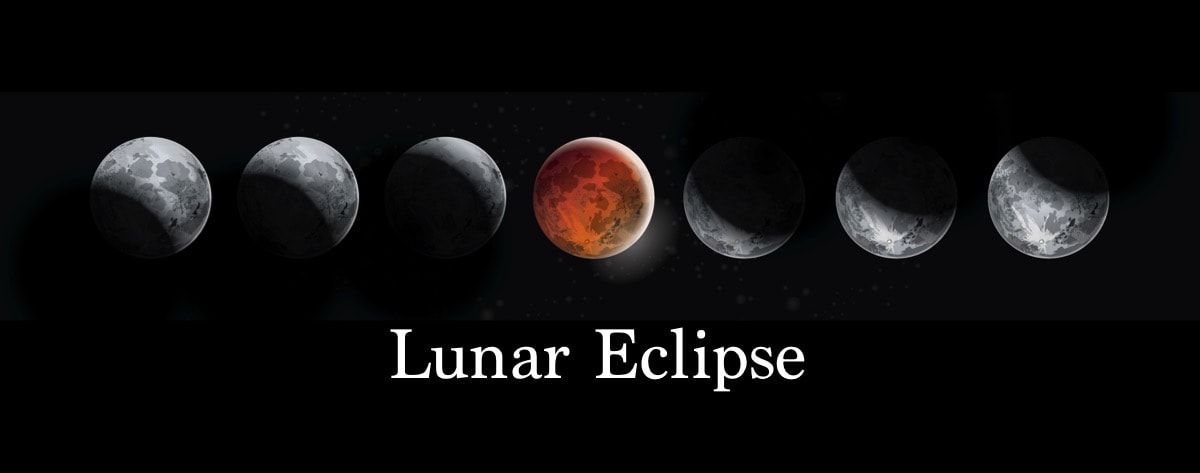
(click to see photo gallery) Why is the Moon Red During a Total Lunar Eclipse?ĭuring a total lunar eclipse, the Earth blocks the Sun's light from reaching the Moon.Īstronauts on the Moon would then see the Earth completely eclipse the Sun.

Total Lunar Eclipse of 2004 Oct 27-28 Beginning (right), middle (center) and end (left) of totality This is only possible when the Moon is in the New Moon phase. It happens when the Moon passes between the Earth and the Sun. What is the difference between a lunar eclipse and a solar eclipse?Ī solar eclipse is an eclipse of the Sun. The final 35% or so are total eclipses, and these are quite extrordinary events to behold. When an eclipse of the Moon takes place, everyone on the night side of Earth can see it.Ībout 35% of all eclipses are of the penumbral type which are very difficult to detect, even with a telescope.Īnother 30% are partial eclipses which are easy to see with the unaided eye.
UMBRA ECLIPSE DEFINITION FULL
This means that the Moon spends most of the time either above or below the plane of Earth's orbit.Īnd the plane of Earth's orbit around the Sun is important because Earth's shadows lie exactly in the same plane.ĭuring Full Moon, our natural satellite usually passes above or below Earth's shadows and misses them entirely.īut two to four times each year, the Moon passes through some portion of the Earth's penumbral or umbral shadows and one of the above three types of eclipses occurs. You see, the Moon's orbit around Earth is actually tipped about 5 degrees to Earth's orbit around the Sun. Now you might be wondering "If the Moon orbits Earth every 29.5 days and lunar eclipses only occur at Full Moon, then why don't we have an eclipse once a month during Full Moon?". These events are quite striking due to the Moon's vibrant red color during the total phase (totality).


In comparison, the Full Moon phase occurs mid-way through the lunar month. The New Moon phase is uniquely recognized as the beginning of each calendar month just as it is the beginning on the Moon's monthly cycle.

The Hebrew, Muslim and Chinese calendars are all lunar calendars. In fact, some calendars are synchronized to the phases of the Moon. Many early civilizations used the Moon's monthly cycle to measure the passage of time. The rest of the phases are familiar to all of us as the Moon cycles through them month after month.ĭid you realize that the word month is derived from the Moon's 29.5 day period? The phase known as New Moon can not actually be seen because the illuminated side of the Moon is then pointed away from Earth. Waning Gibbous > Last Quarter > Old Crescent > New Moon (again)
UMBRA ECLIPSE DEFINITION SERIES
The Moon orbits Earth about once every 29 and a half days.Īs it circles our planet, the changing position of the Moon with respect to the SunĬauses our natural satellite to cycle through a series of phases: It has no light of its own but shines by sunlight reflected from its surface. The Moon is a cold, rocky body about 2,160 miles (3,476 km) in diameter. You'll learn the answers to these questions and more in MrEclipse's primer on lunar eclipses. How often do eclipses happen and when is the next eclipse of the Moon? What is an eclipse of the Moon? What causes eclipses and why?


 0 kommentar(er)
0 kommentar(er)
